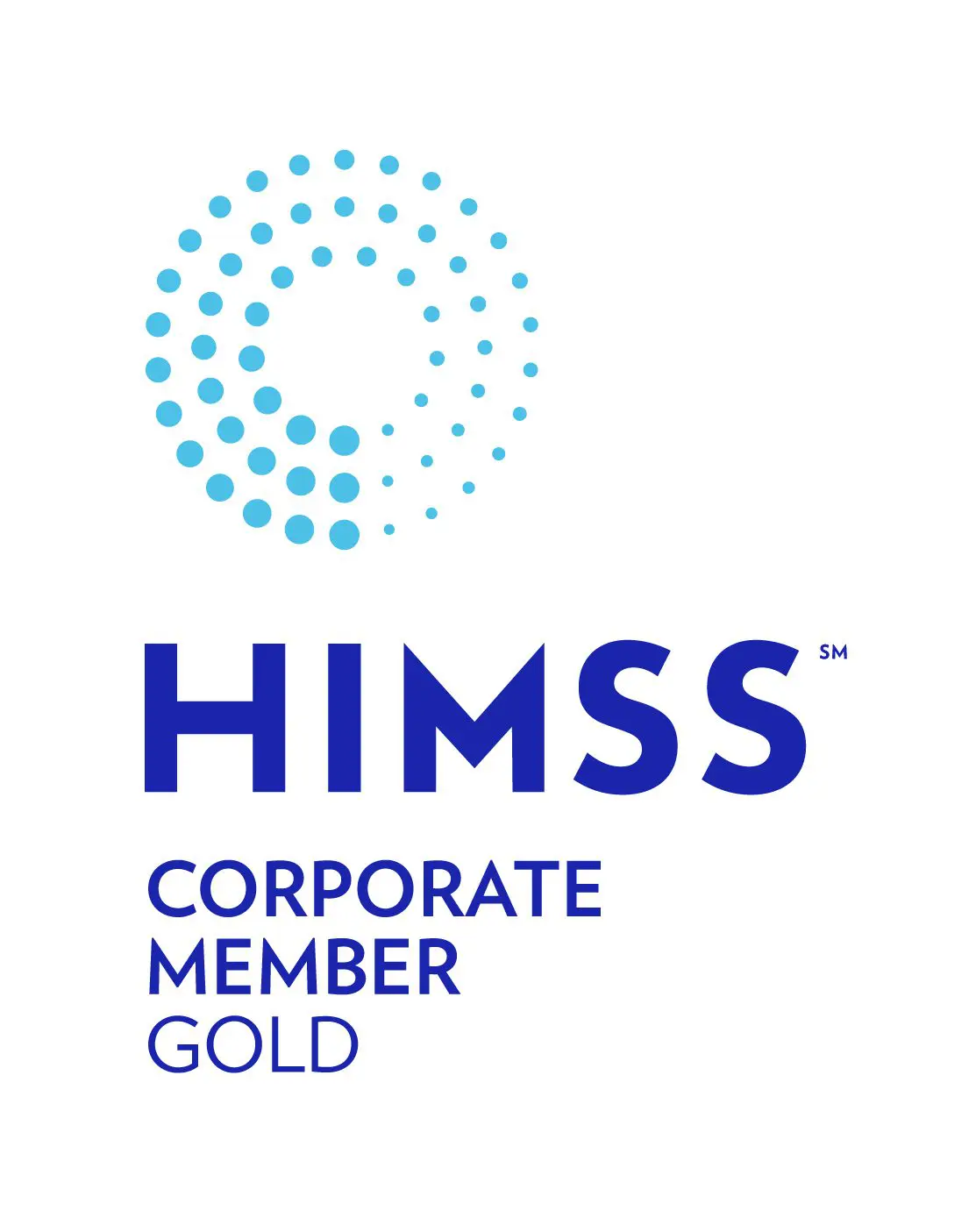The Centers for Medicare and Medicaid Services has released new frequently asked questions about the electronic health records meaningful use incentive program. The questions cover providing patients with an electronic copy of health information and counting patients not seen by the eligible provider.
The complete questions and answers are:
Question: To meet the meaningful use objective “provide patients with an electronic copy of their health information” for the Medicare and Medicaid Electronic Health Record (EHR) Incentive Programs, how should the numerator and denominator be calculated for patients who see multiple eligible professionals (EPs) in the same practice (e.g., in a multi-specialty group practice)?
Answer: If the request for an electronic copy of their health information is made by a patient to a specific EP, then the patient should be counted in the numerator and denominator for that specific EP. If the patient makes a request for an electronic copy of their health information that is not to a specific EP (e.g., by request to the practice’s administrative staff), then the patient should be counted in the numerators and denominators for all EPs with whom the patient has had an office visit.
Question: What information must an eligible professional (EP) provide in order to meet the measure of the meaningful use objective for “provide patients with an electronic copy of their health information” under the Medicare and Medicaid Electronic Health Record (EHR) Incentive Programs?
Answer: In our final rule, we limited the information that must be provided electronically to that information that exists electronically in or accessible from the certified EHR technology and is maintained by or on behalf of the EP, eligible hospital or CAH.
We encourage all providers to meet a patient’s request for information with all of the information that the patient requests and meets the description above. However, if the provider’s certified EHR technology cannot provide all of patient requested information within the 3 business day timeline, a minimum level of information is defined in the certification process. All EHR technology is certified for the purposes of this program (according to §170.304(f)) to provide: problem list, diagnostic test results, medication list and medication allergy list.
An EP, eligible hospital or CAH that provides these four elements within 3 business days of the patient request in the specified standards meets the measure associated with this objective. Again, we encourage all providers to continue to work with patients to provide information patients may request above and beyond these four elements.
Question: For the Medicare and Medicaid EHR Incentive Programs, when a patient is only seen by a member of the eligible professional’s (EP’s) clinical staff during the EHR reporting period and not by the EP themselves, do those patients count in the EP’s denominator?
Answer: The EP can include or not include those patients in their denominator at their discretion as long as the decision applies universally to all patients for the entire EHR reporting period and the EP is consistent across meaningful use measures. In cases where a member of the EP’s clinical staff is eligible for the Medicaid EHR incentive in their own right (NPs and certain physician assistants (PA)), patients seen by NPs or PAs under the EP’s supervision can be counted by both the NP or PA and the supervising EP as long as the policy is consistent for the entire EHR reporting period.
Question: For the Medicare and Medicaid EHR Incentive Programs, how does an eligible professional (EP) determine whether a patient has been “seen by the EP” in cases where the service rendered does not result in an actual interaction between the patient and the EP, but minimal consultative services such as just reading an EKG? Is a patient seen via telemedicine included in the denominator for measures that include patients “seen by the EP”?
Answer: All cases where the EP and the patient have an actual physical encounter with the patient in which they render any service to the patient should be included in the denominator as seen by the EP. Also a patient seen through telemedicine would still count as a patient “seen by the EP.”
However, in cases where the EP and the patient do not have an actual physical or telemedicine encounter, but the EP renders a minimal consultative service for the patient (like reading an EKG), the EP may choose whether to include the patient in the denominator as “seen by the EP” provided the choice is consistent for the entire EHR reporting period and for all relevant meaningful use measures.
For example, a cardiologist may choose to exclude patients for whom they provide a one-time reading of an EKG sent to them from another provider, but include more involved consultative services as long as the policy is consistent for the entire EHR reporting period and for all meaningful use measures that include patients “seen by the EP.”
EPs who never have a physical or telemedicine interaction with patients must adopt a policy that classifies as least some of the services they render for patients as “seen by the EP” and this policy must be consistent for the entire EHR reporting period and across meaningful use measures that involve patients “seen by the EP” — otherwise, these EPs would not be able to satisfy meaningful use, as they would have denominators of zero for some measures.
Meaningful use FAQs are available at cms.gov/EHRIncentivePrograms/ If you have questions about achieving meaningful use, contact the consultants at Harmony Healthcare IT.






